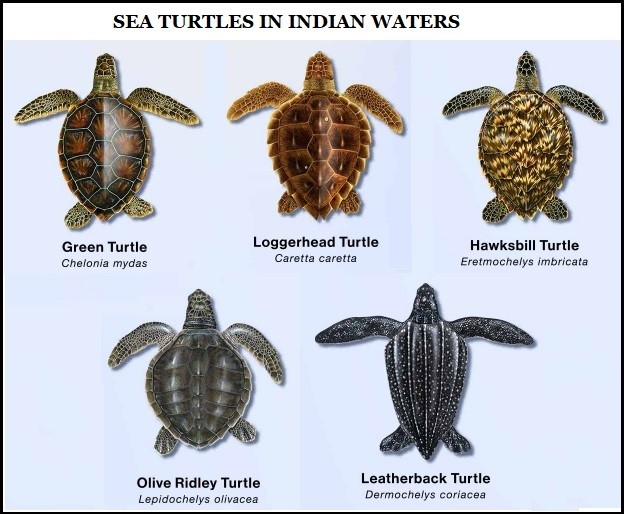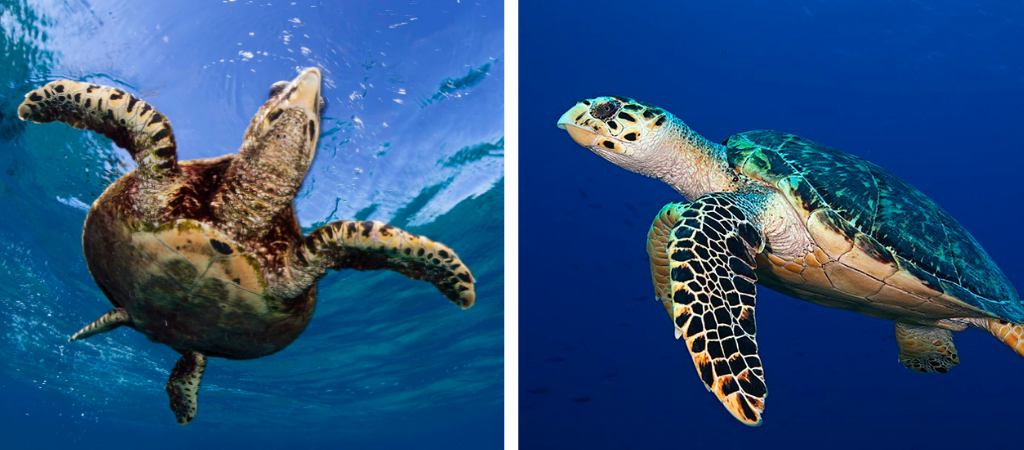At least 8 Olive Ridley turtles wash ashore dead along Chennai’s southern coast.
- Scientific Name – Lepidochelys olivacea
- The Olive ridley turtles are the smallest and most abundant of all sea turtles found in the world.
- It gets its name from its olive colored carapace (shell), which is heart-shaped and rounded.
- Habitat – Olive ridleys are globally distributed in the tropical regions of the Atlantic, Pacific, and Indian oceans.
- Feeding – The olive ridley is omnivorous (feeds on a wide variety of food items, including algae, lobster, crabs, tunicates, and mollusks).
- Nesting – The coast of Odisha is the largest mass nesting site for the Olive-ridley, followed by the coasts of Mexico and Costa Rica.
- In the Indian Ocean, 3 arribada beaches occur in Odisha, India (Gahirmatha, Devi River mouth, and Rushikulya).
- The sex of hatchlings is determined by the temperature of the sand.
The mass nesting event is known as an arribada, meaning “arrival by sea” in Spanish. It is found only in the genus Lepidochelys which includes the Kemp’s ridley and olive ridley sea turtles
- Threats
- Bycatch in fishing gear
- Direct harvest of turtles and eggs
- Loss and degradation of nesting habitat
- Predation of eggs and hatchlings
- Vessel strikes
- Ocean pollution/marine debris
- Climate change
| Species of sea turtles in Indian waters |
Conservation Status |
||
| IUCN | CITES | Wildlife Protection Act, 1972 | |
| Leatherback | Vulnerable | Appendix I | Schedule I |
| Loggerhead | Vulnerable | ||
| Hawksbill | Critically endangered | ||
| Green | Endangered | ||
| Olive Ridley | Vulnerable | ||
 |
|||




